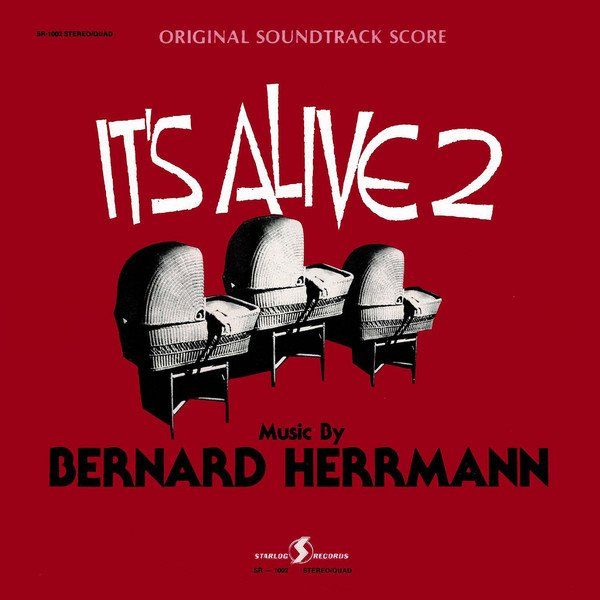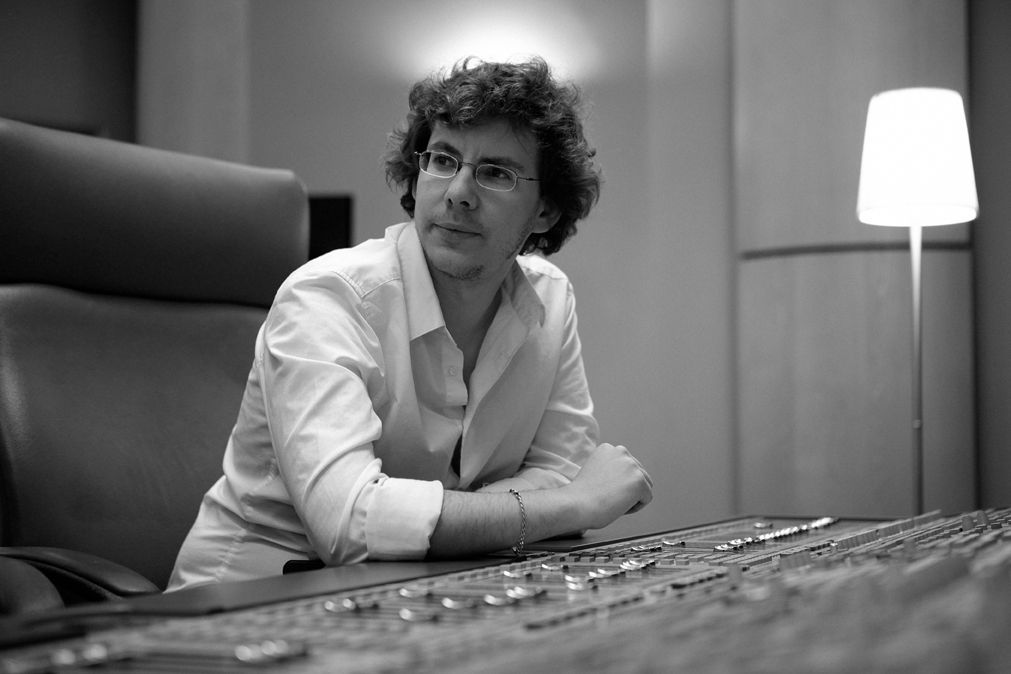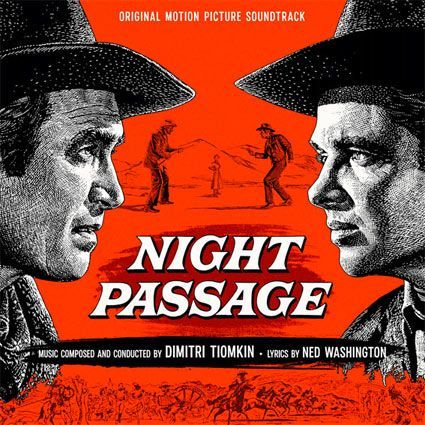It’s Alive 2

Label: Starlog
Catalogue No: SR 1002
Release Date: 1978
Total Duration: 35:40
Additional Music by Laurie Johnson
In December 1975 Bernard Herrmann died in Hollywood just after completing his score for Taxi Driver, his 49th film. There was, however, one more movie yet to come to bring the Herrmann filmography to an even 50. In 1974 he had scored It’s Alive for Larry Cohen; when the picture’s surprise success led to a sequel in 1978 Cohen chose to reuse the original Herrmann music, this time adapted, orchestrated and conducted by Herrmann’s longtime friend and associate, Laurie Johnson, who also provided some additional scoring. Johnson, himself a composer for films, among them the Hermannesque music for Harryhausen’s First Men in the Moon, did a faithful job of recreating the Herrmann sound for the Cohen sequel and It’s Alive II has now been issued as a kind of posthumous tribute.
It’s Alive II has an instantly recognizable Herrmann sound, particularly in its orchestrations, but there also is a delicacy and an almost-chamber quality to the score which, not having studied the original source score, may or may not be the result of Johnson’s reconstruction. So if you’re looking for the big Herrmann sound circa his Hitchcock or Harryhausen scores, this disc may disappoint. There are some impressive, heavily-scored passages but they are brief and usually quickly subside into a moody, droning (but contrapuntally precise) ostinato which sheathes the film in a dreamlike, partially synthesized haze of sound. Apparently deriving from the late Herrmann sound of Sisters and Taxi Driver – particularly its use of harp, percussion and muted brass as in “The .44 Magnum Is A Monster” track on the soundtrack of the Scorcese film – Alive II’s prominent use of harp also suggests the Beneath the 12 Mile Reef score.
A synthesiser is used but seldom as a solo instrument. (Its solo mutant baby cries begin and end.) More often it is subtly woven into the chamber context of the score, and much more prominence is given to the harp. the special effects of which often create a droning sheen of sound behind solo clarinet, pizzicato cello and synthesiser. Herrmann’s characteristic sound of massed regular and bass clarinets, muted horn and brass is also often in evidence and much of the score has the expectant sound of the Roc country music in The 7th Voyage of Sinbad.
Much of the score also derives from the characteristically Herrmann two- chord progressions of Obsession and the early Mysterious Island, but I find the chamber mood of It’s Alive II makes it more interesting than the rather ponderous, heavily-orchestrated De Palma film. If on record some of Alive II is a bit monotonous as far as basic musical material goes, it no doubt works beautifully in the movie and the orchestrations are consistently fascinating as pure sound. A richly colored score and a beautifully recorded final tribute to one of the really original creative powers in film music.



